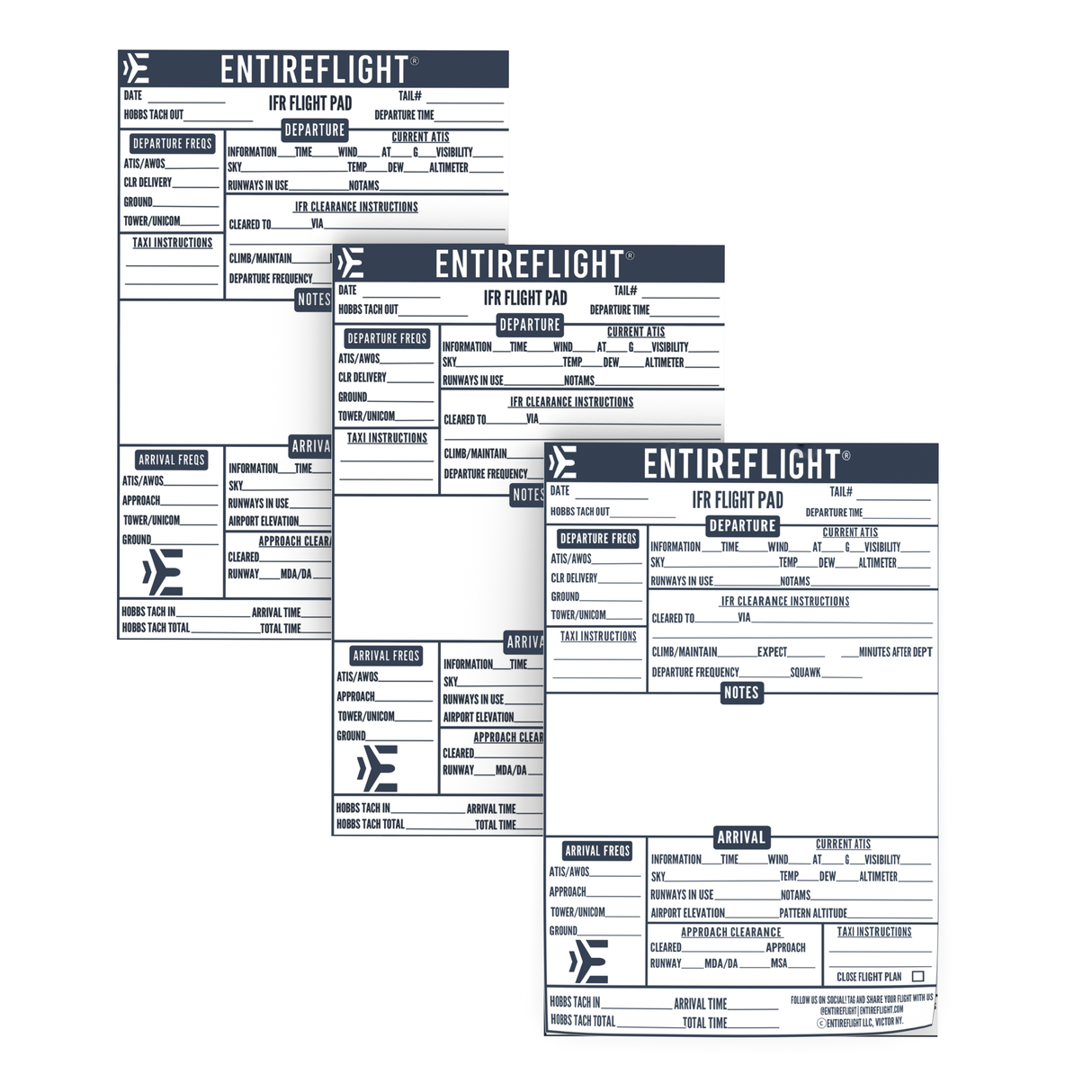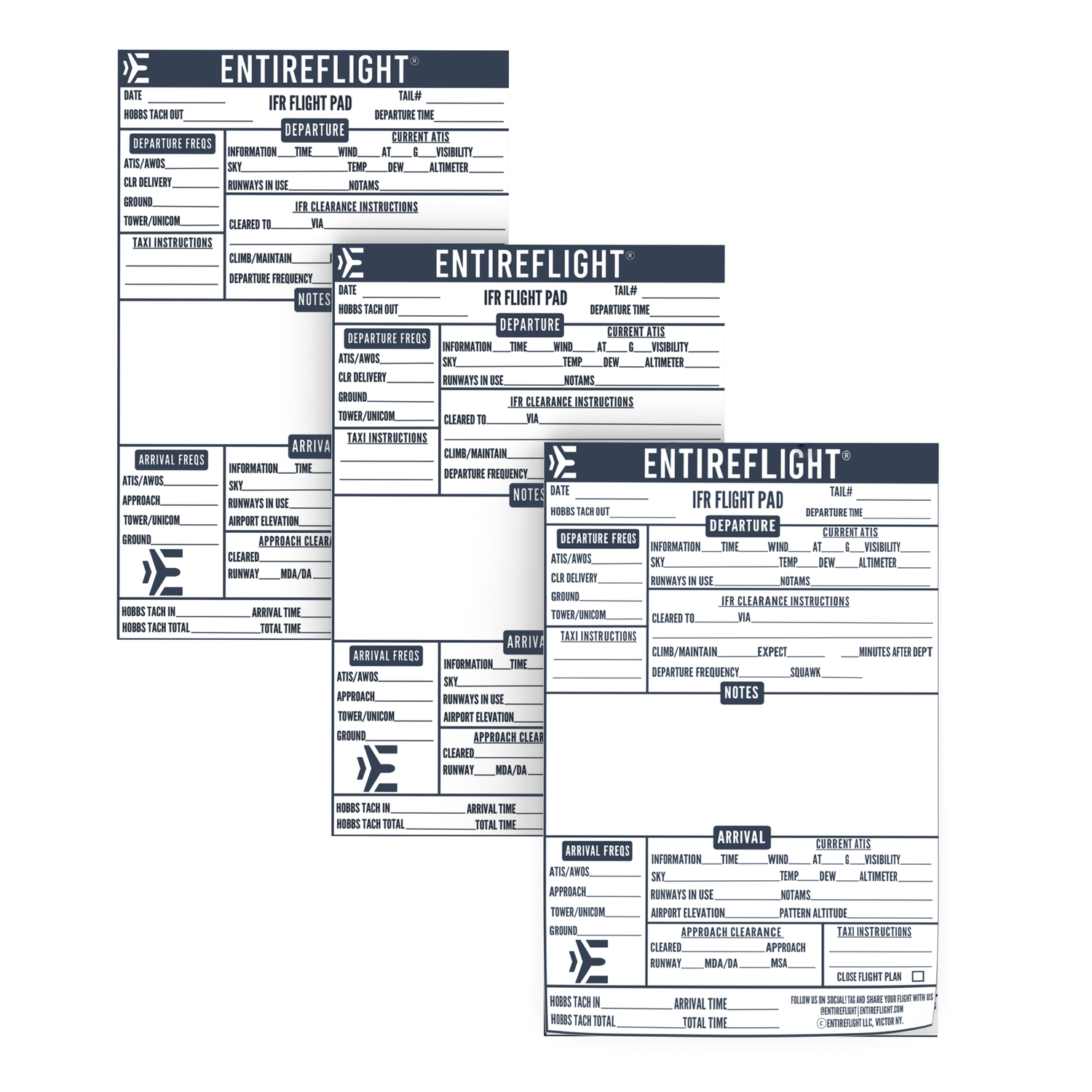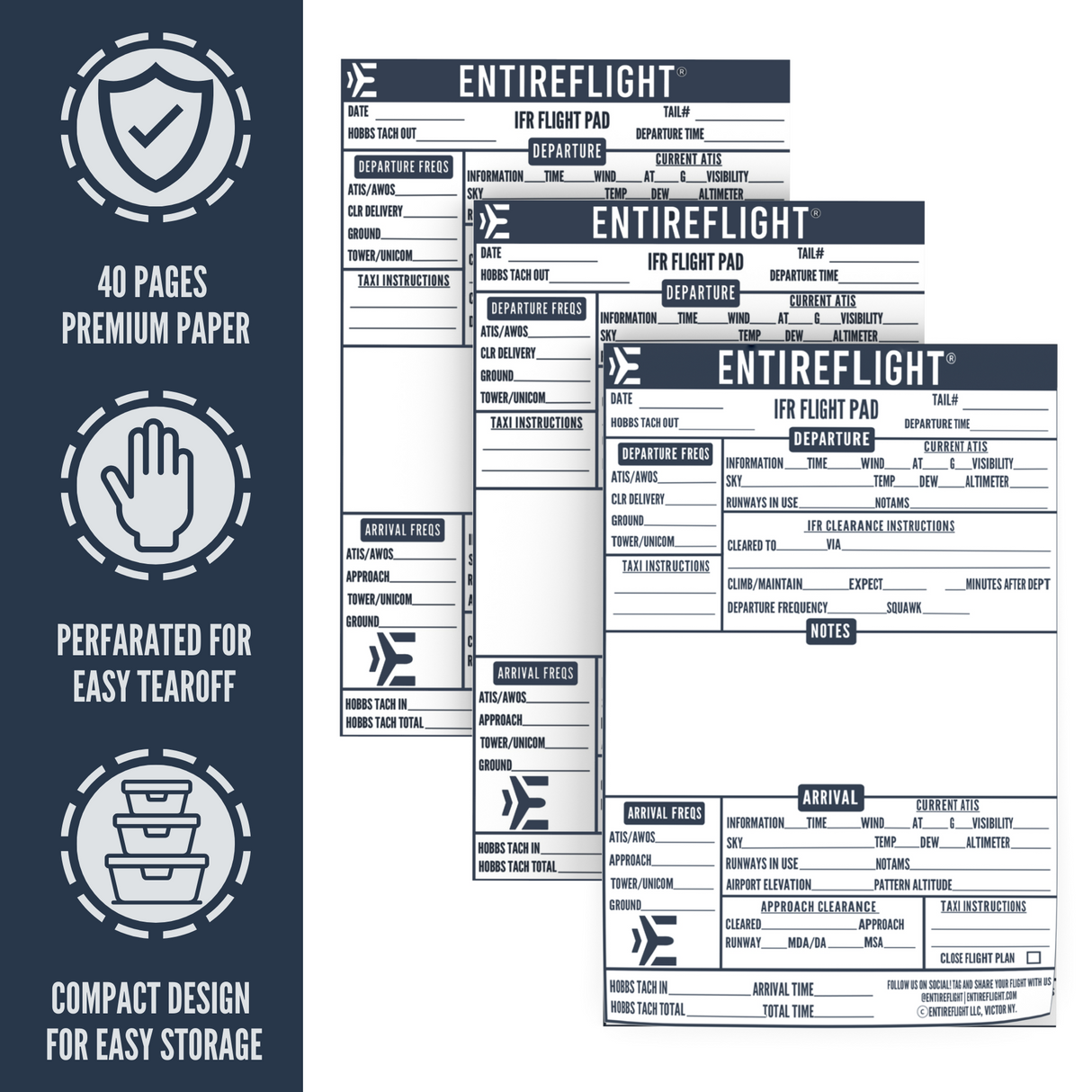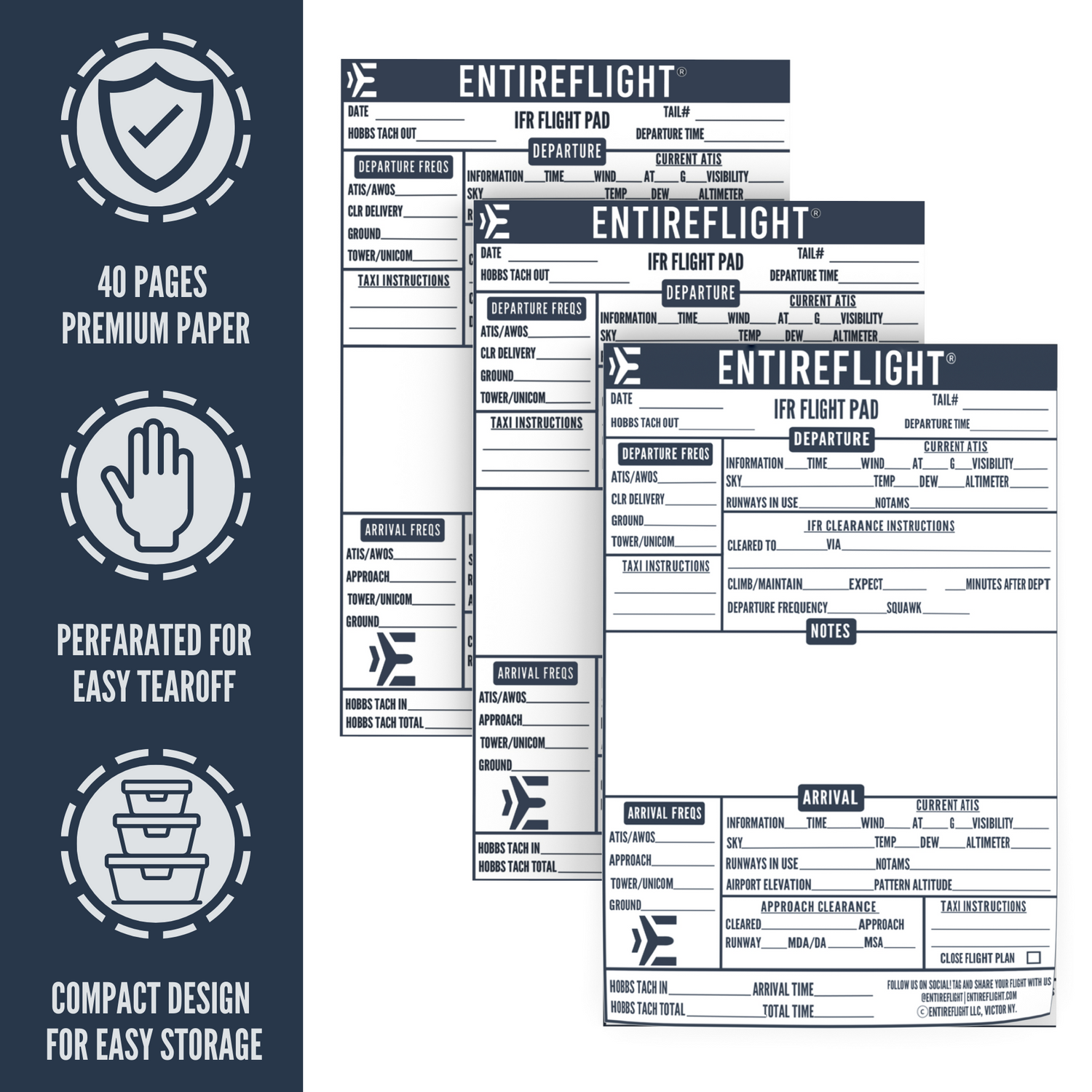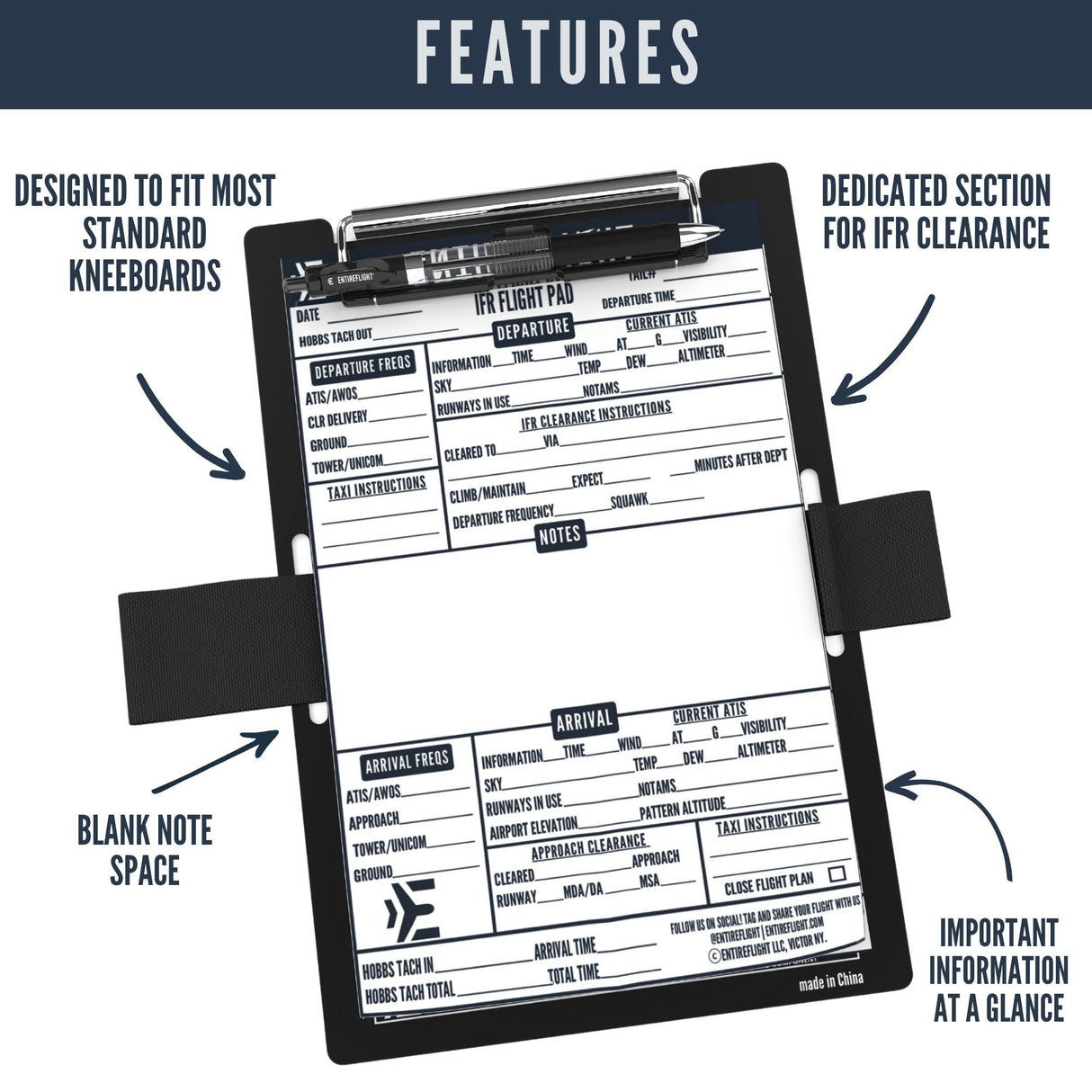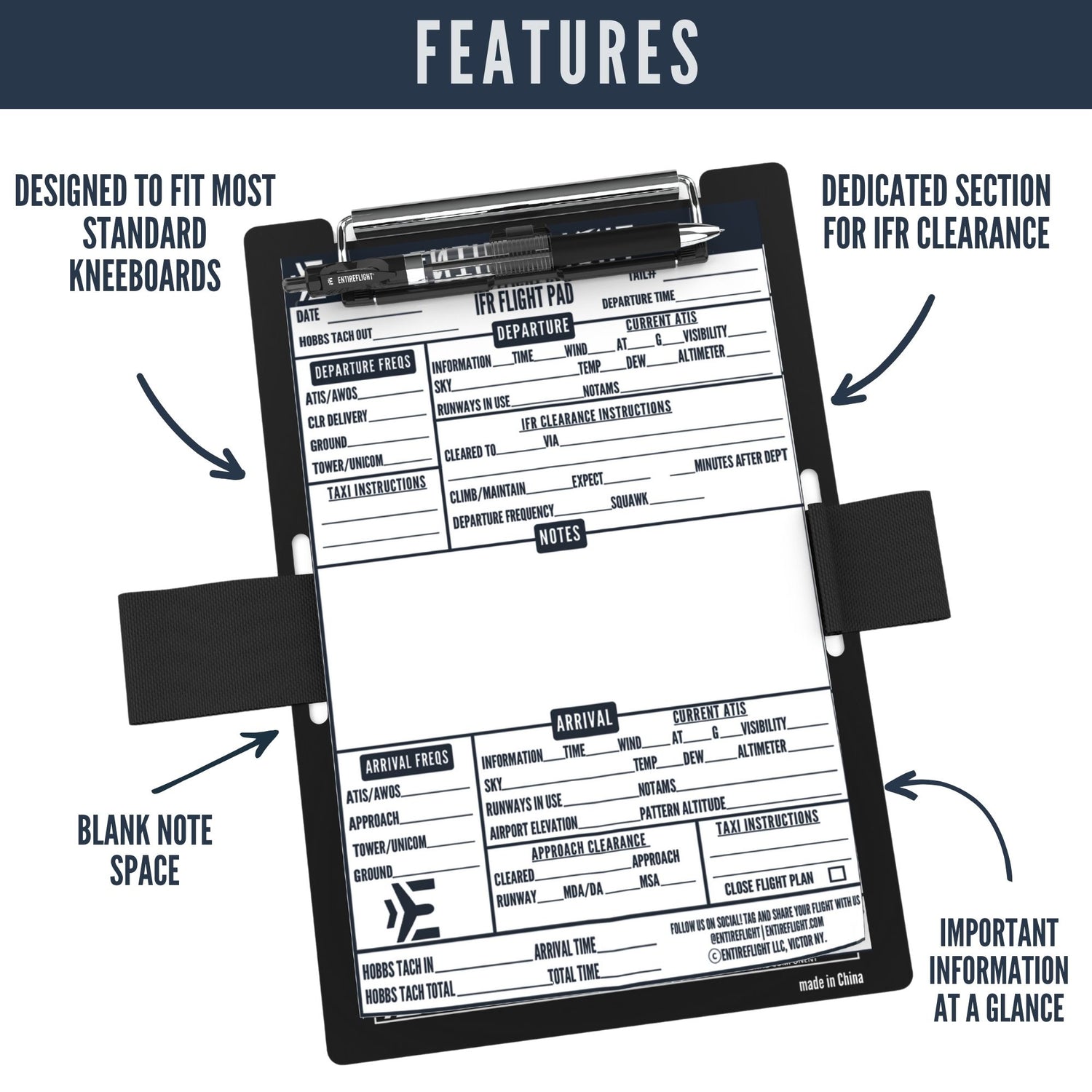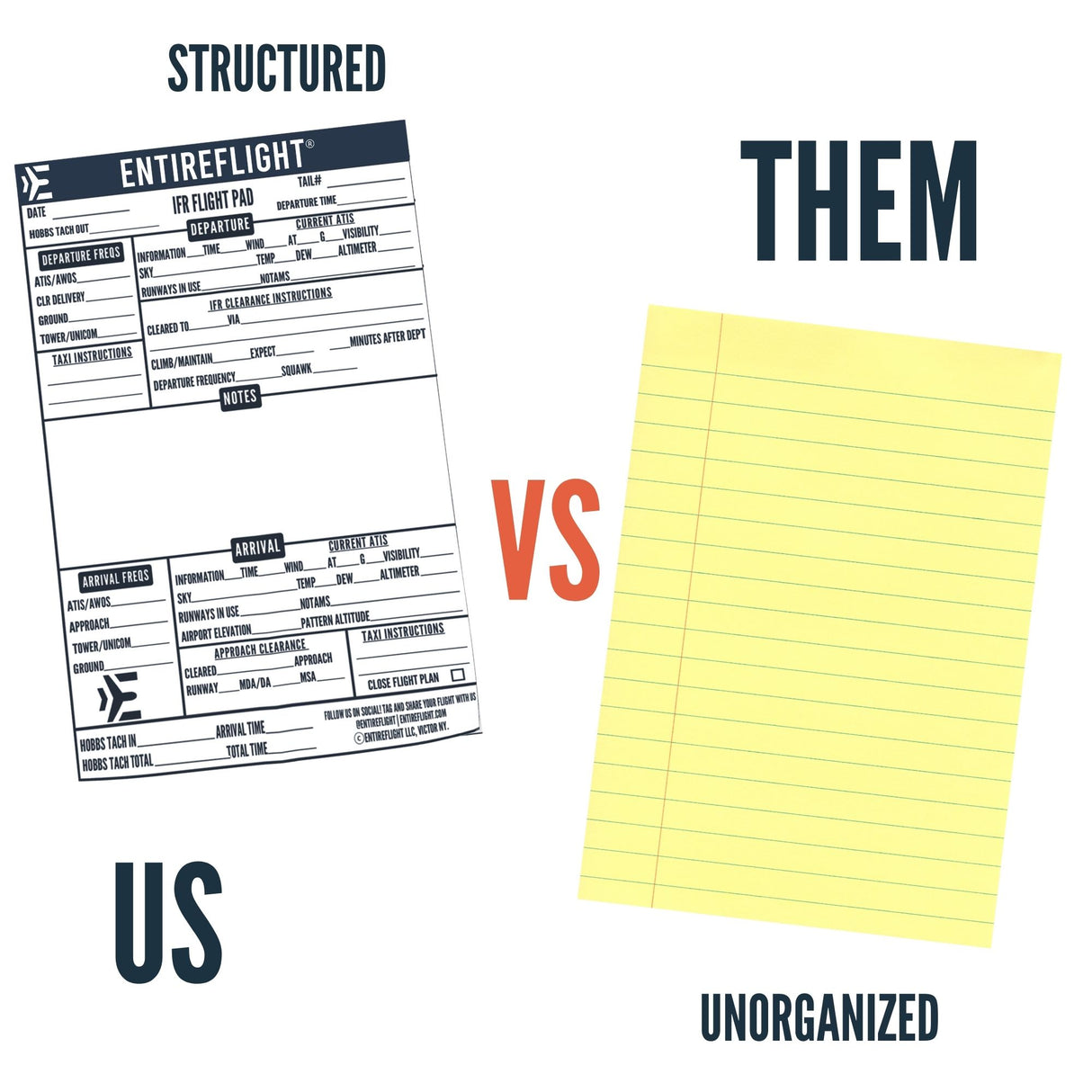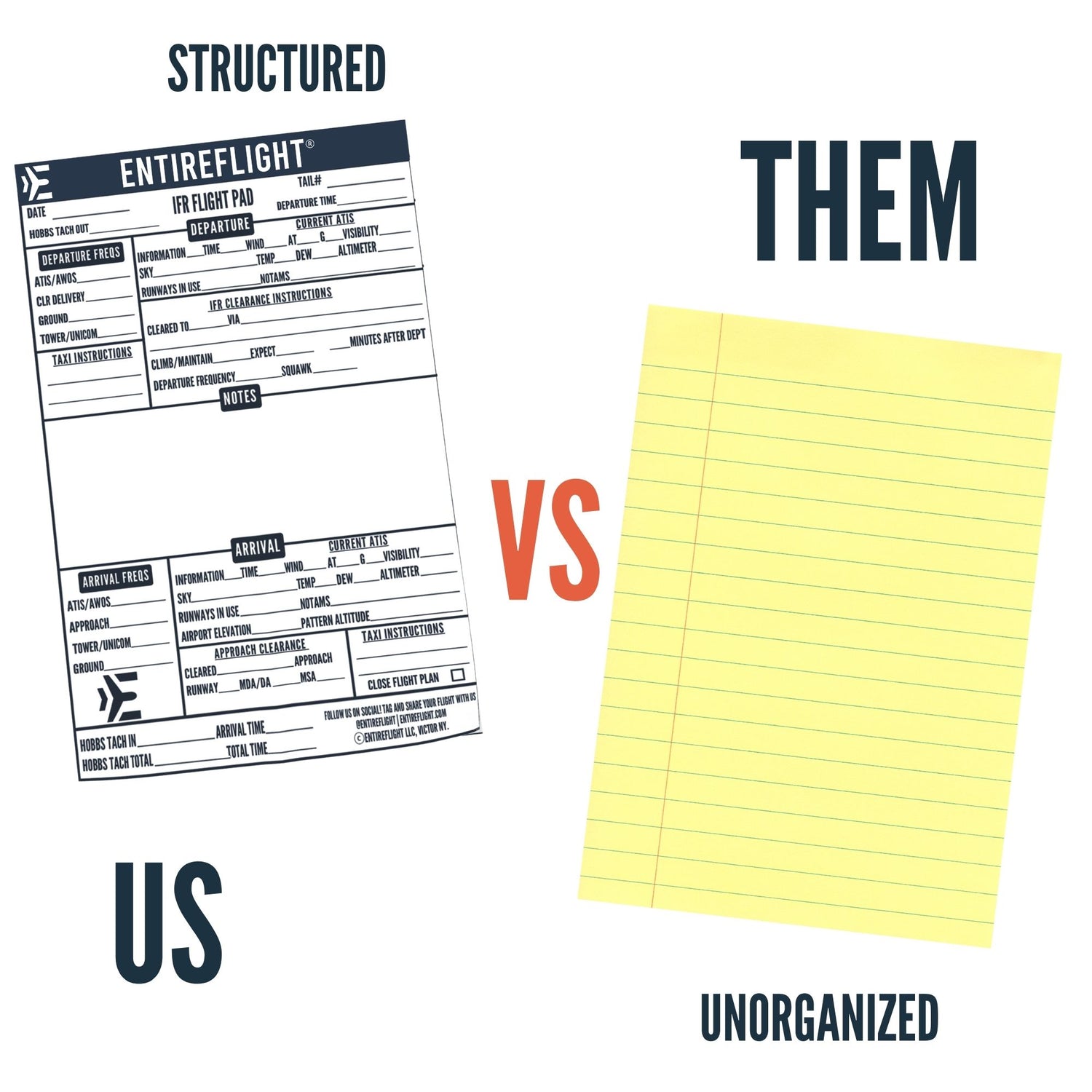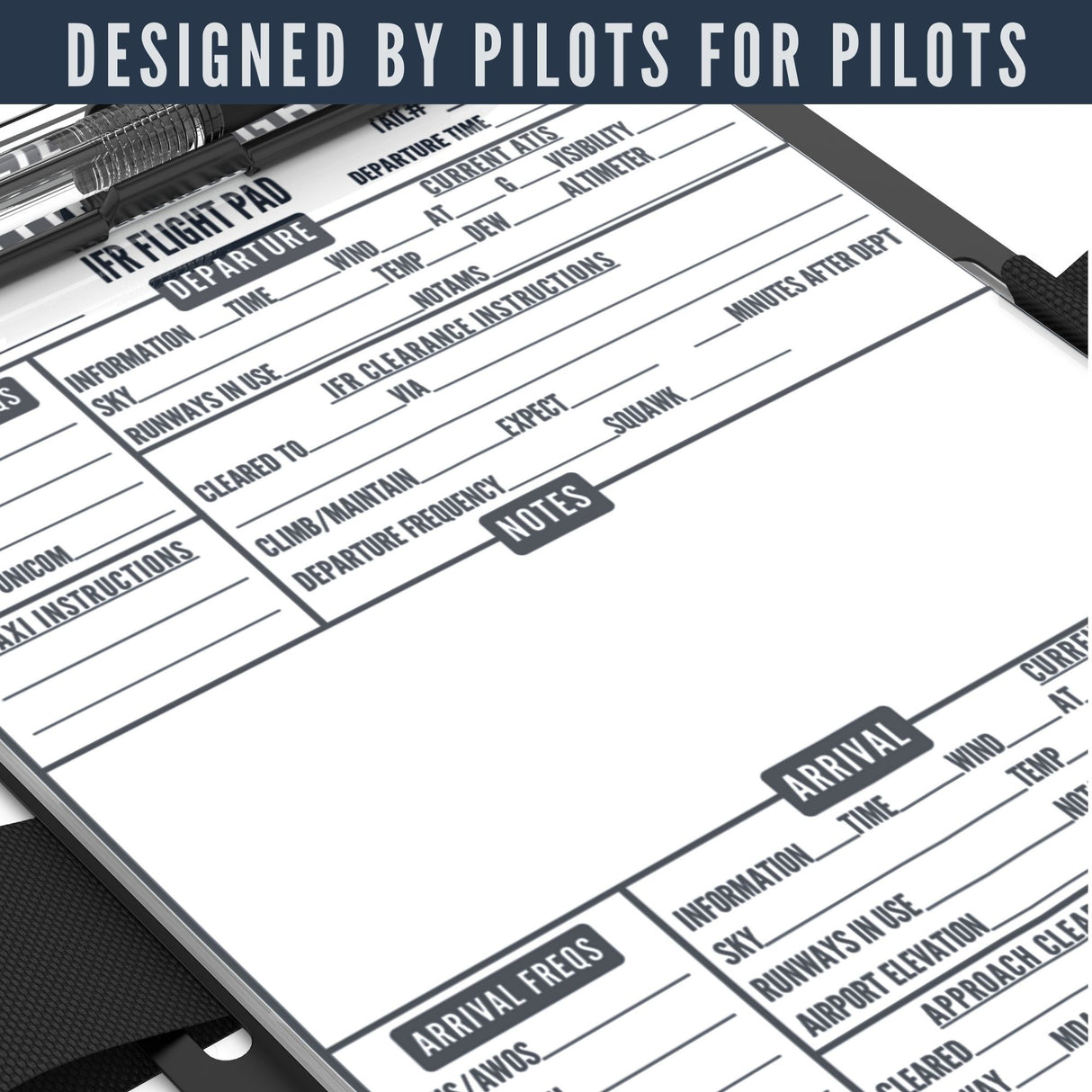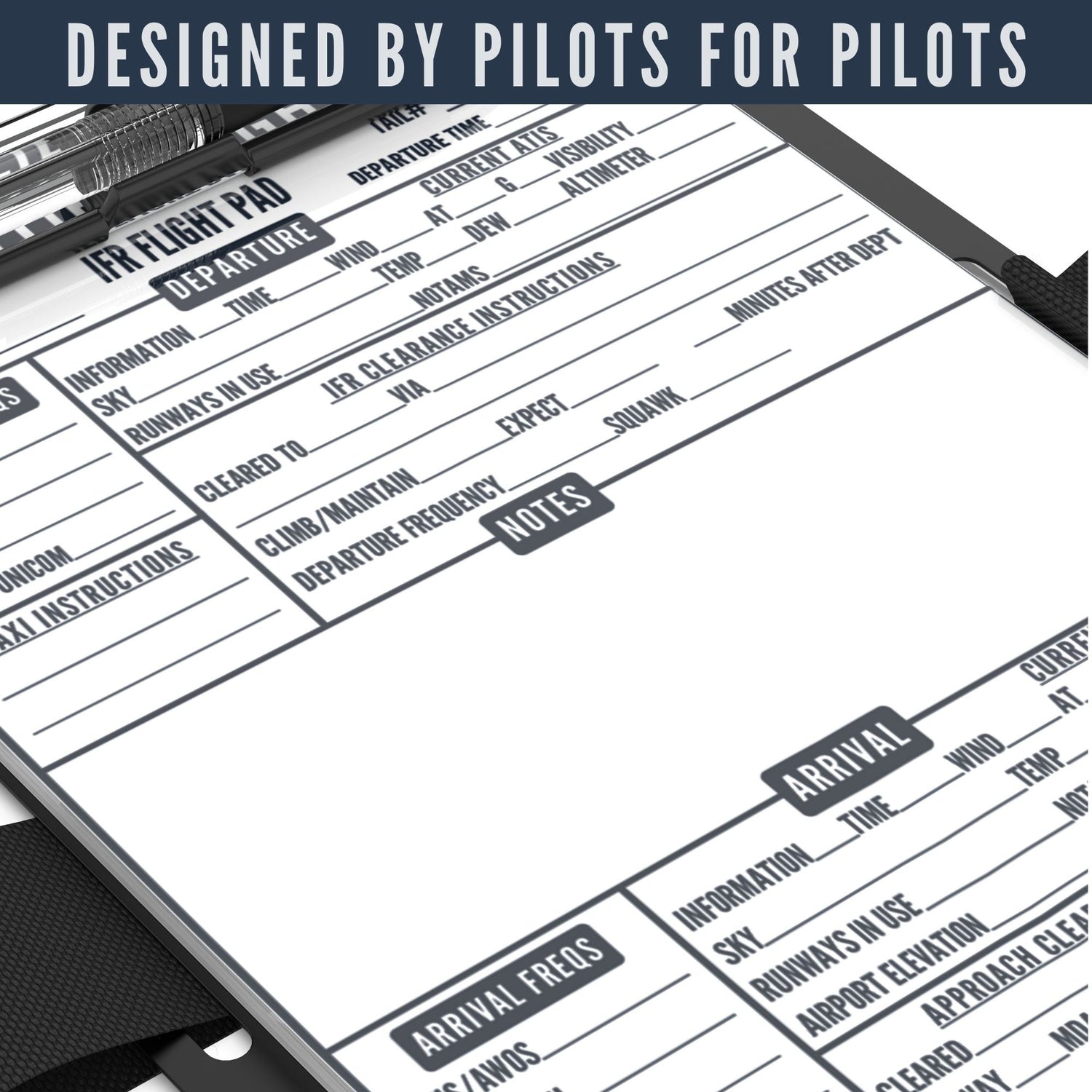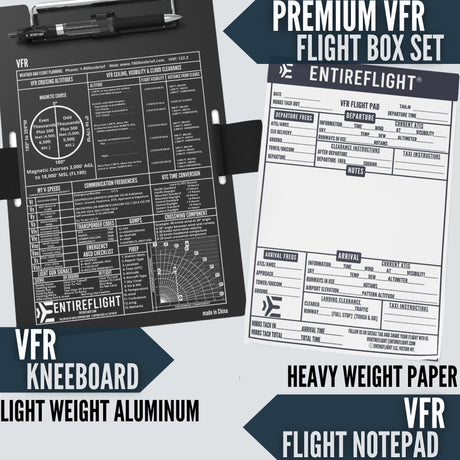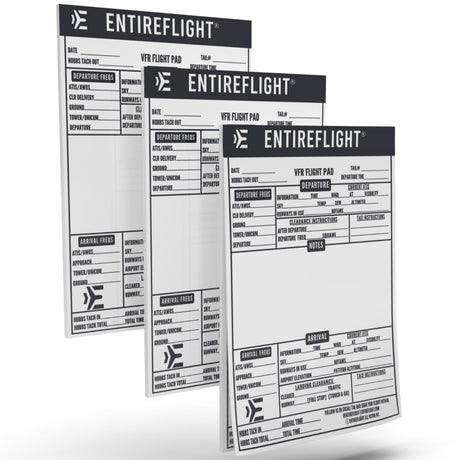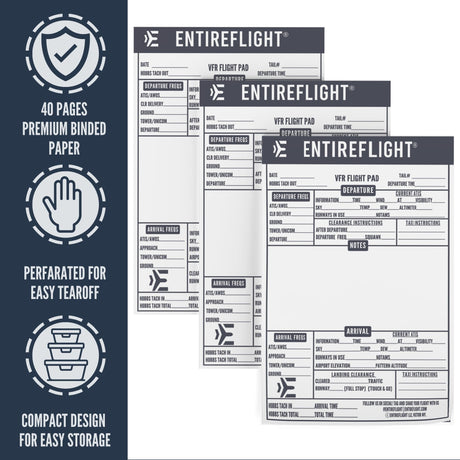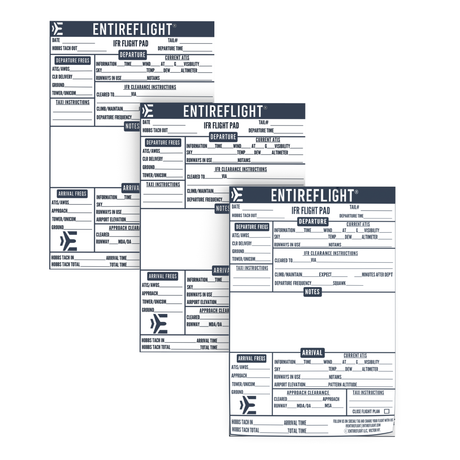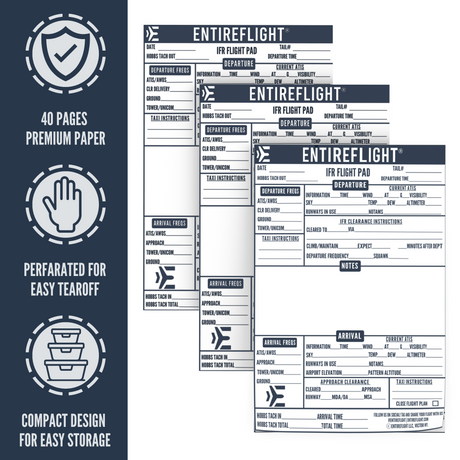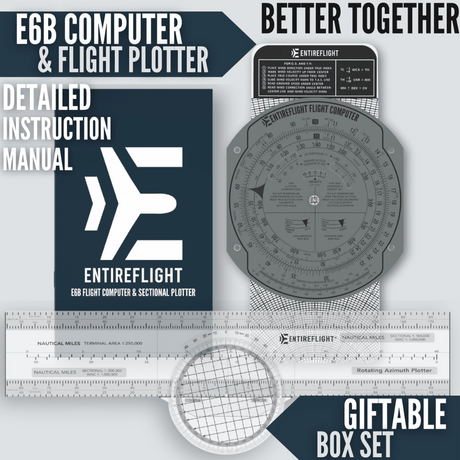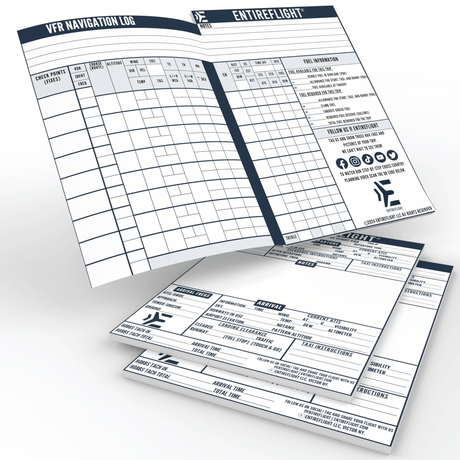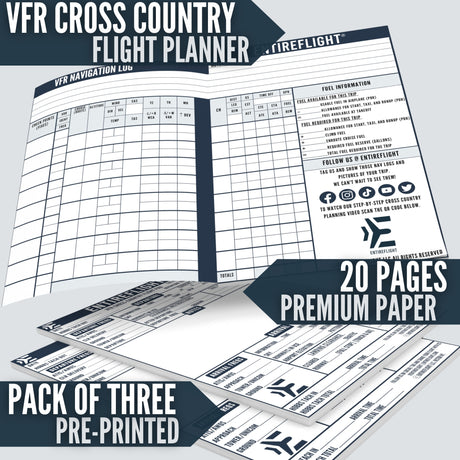If you're interested in drone technology, you may have heard the term VLOS or "Visual Line of Sight." But what exactly does it mean? In drone operations, VLOS refers to the requirement that the drone operator must maintain a clear line of sight with the drone at all times. This means that the drone must be visible to the operator without the use of binoculars or other aids.
Maintaining VLOS is crucial in drone operations for several reasons. Firstly, it ensures that the operator has full control over the drone and can react quickly to any potential hazards. Additionally, VLOS helps to prevent collisions with other aircraft, buildings, or people on the ground. In this article, we'll dive deeper into the concept of VLOS, its importance in drone operations, and the regulations that govern it.
What is Drone VLOS (Visual Line of Sight)?
When it comes to flying drones, one of the most important concepts to understand is Visual Line of Sight (VLOS). VLOS is the ability to see your drone with unaided eyesight while it is in flight. This means that you should always be able to see your drone without the use of binoculars or other visual aids.
The reason why VLOS is so important is because it ensures that you have full control of your drone at all times. By maintaining VLOS, you can see where your drone is going, avoid obstacles, and make adjustments to its flight path as needed. This is especially important if you are flying in an area with other aircraft or people.
The Federal Aviation Administration (FAA) requires that all drone pilots maintain VLOS at all times. This means that you should never fly your drone beyond your line of sight, even if you are using a first-person view (FPV) camera. While FPV can be a useful tool for drone pilots, it should never be used as a substitute for VLOS.
To ensure that you are maintaining VLOS while flying your drone, it is important to follow these guidelines:
- Keep your drone within your line of sight at all times
- Avoid flying in areas with obstructions or other potential hazards
- Maintain a safe distance from other aircraft and people
- Use a spotter if needed to help maintain VLOS
By following these guidelines, you can ensure that you are flying your drone safely and responsibly, while also complying with FAA regulations.
Importance of VLOS in Drone Operations
Why is VLOS important? Firstly, it ensures the safety of people and property on the ground. If you lose sight of the drone, you won't be able to avoid obstacles or adjust your flight path if necessary. This could result in collisions or other accidents.
Secondly, VLOS is required by law in many countries. For example, in the United States, the Federal Aviation Administration (FAA) mandates that drones must be flown within VLOS of the operator. If you violate this rule, you could face fines or other penalties.
In addition to safety and legal considerations, VLOS is also important for airspace management. If you can't see your drone, you can't communicate with other pilots or air traffic control. This could lead to conflicts or disruptions in the airspace.
Finally, maintaining VLOS can also help you fly your drone more effectively. By keeping an eye on the drone, you can better judge its altitude, speed, and orientation. This can help you capture better footage or complete your mission more efficiently.
Overall, VLOS is a critical factor in drone operations. By keeping the drone within your line of sight, you can ensure safety, comply with regulations, manage airspace, and improve your flying skills.
Regulations Governing VLOS
When flying a drone, it is essential to follow regulations set by the Federal Aviation Administration (FAA). The FAA has established specific rules for drone pilots, which include the requirement to maintain visual line of sight (VLOS) at all times. According to Part 107 of the FAA regulations, drone pilots must keep their unmanned aircraft within their visual line of sight during the entire flight.
If a drone pilot needs to fly beyond visual line of sight, they must apply for a Part 107 waiver from the FAA. The waiver process involves demonstrating that the drone has the necessary technology and capabilities to fly safely beyond the pilot's visual line of sight.
It is crucial to note that violating VLOS regulations can result in serious consequences, including fines and legal action. Additionally, drone pilots must follow all regulations set by their local aviation authority, which may have additional rules and restrictions.
Role of the Visual Observer
To maintain VLOS, you must use a visual observer who can help you keep an eye on the drone and provide you with situational awareness.
A visual observer is a person who is designated to assist the drone pilot in maintaining VLOS. The observer's primary role is to maintain direct visual observation of the drone and provide the pilot with information about the drone's location, altitude, and flight path. The observer must also ensure that the drone remains within the VLOS and alert the pilot if it goes beyond the VLOS.
The visual observer must have good situational awareness and be able to identify any potential hazards that may pose a threat to the drone's flight. The observer must also be able to communicate effectively with the pilot and provide accurate information about the drone's flight path and location.
VLOS vs BVLOS
When it comes to operating drones, one of the most important factors to consider is the visual line of sight (VLOS).
However, there are situations where VLOS is not enough. In some cases, it may be necessary to operate a drone beyond visual line of sight (BVLOS). BVLOS refers to any operation where the drone is not visible to the operator, either because it is too far away or because it is obstructed by buildings or other obstacles.
Operating a drone BVLOS requires special approval from the Federal Aviation Administration (FAA) in the form of a waiver. This waiver is only granted in certain circumstances, such as for research and development purposes or for certain types of commercial operations.
It's important to note that operating a drone BVLOS is significantly more complex and risky than operating within VLOS. BVLOS operations require additional technology and safety measures, such as advanced sensors and collision avoidance systems, to ensure the safety of the drone and those around it.
Challenges in Maintaining VLOS
It can be challenging to maintain VLOS due to various factors. Here are some challenges that you may encounter when trying to maintain VLOS:
Hazards
Hazards such as trees, buildings, and power lines can obstruct your view of the drone, making it difficult to maintain VLOS. You need to be aware of your surroundings and avoid flying in areas with potential hazards.
Weather Conditions
Weather conditions such as fog, rain, and snow can also reduce your visibility, making it challenging to maintain VLOS. It is essential to check the weather forecast before flying and avoid flying in adverse weather conditions.
Collision Hazard
Maintaining VLOS is critical to avoid collisions with other objects or aircraft. If you lose sight of the drone, you may not be able to avoid a collision. You need to be aware of your surroundings and avoid flying in crowded areas.
Location
The location where you are flying can also affect your ability to maintain VLOS. For example, if you are flying in a mountainous area, you may lose sight of the drone due to the terrain. You need to be aware of the location and plan accordingly.
Distance
The farther the drone is from you, the harder it is to maintain VLOS. You need to be aware of the drone's distance and avoid flying too far away. It is essential to keep the drone within a reasonable distance to maintain VLOS.
Technological Aids for VLOS
When it comes to flying drones within visual line of sight (VLOS), there are a number of technological aids available to help ensure safe and successful flights. Here are some of the most commonly used aids:
- FPV: First-person view (FPV) technology allows you to see what your drone sees in real-time, using a camera mounted on the drone and a monitor or goggles. This can be a valuable tool for maintaining situational awareness and keeping your drone within VLOS.
- Binoculars: While not a technological aid in the traditional sense, a good pair of binoculars can help you maintain visual contact with your drone at greater distances. This can be especially useful in areas with obstacles or low visibility.
- Cameras: In addition to the camera used for FPV, many drones come equipped with additional cameras that can be used to capture high-quality photos and videos. These can be useful for inspecting infrastructure, monitoring wildlife, or simply capturing stunning aerial footage.
- Sensors: Many drones come equipped with sensors such as GPS, altimeters, and obstacle avoidance systems. These can help you maintain safe and stable flight, even in challenging conditions.
- ADS-B: Automatic dependent surveillance-broadcast (ADS-B) technology allows your drone to broadcast its position and other information to other aircraft and air traffic control. This can help prevent collisions and ensure safe airspace integration.
- Ground station: A ground station is a dedicated control center for your drone, allowing you to monitor its flight parameters and control its movements with greater precision. This can be especially useful for complex operations such as surveying or mapping.
By using these technological aids, you can help ensure safe and successful flights within visual line of sight. However, it's important to remember that these aids are not a substitute for responsible piloting and adherence to regulations.
VLOS and Public Safety
Visual Line of Sight (VLOS) is important for ensuring the safety of people, property, and other aircraft in the vicinity.
For public safety agencies, VLOS is especially important. These agencies may use drones to search for missing persons, monitor traffic, or assess damage after a natural disaster. In these situations, the safety of human life and property is paramount. By maintaining VLOS, drone pilots can ensure that they are able to react quickly to any potential hazards.
In addition to public safety agencies, VLOS is also important for individuals who use drones for recreational or commercial purposes. Whether you are flying a drone for fun or using it for business purposes, it is important to ensure that you are operating it safely and responsibly. By maintaining VLOS, you can help to ensure that your drone does not pose a risk to other people or property.
Future of VLOS in Drone Technology
In the future, VLOS will continue to play a critical role in drone technology. For example, the development of extended visual line of sight (EVLOS) technology will allow drone operators to fly their drones beyond their line of sight, while still maintaining control over the drone. This technology will be particularly useful in situations where the drone needs to fly long distances or operate in difficult terrain.
Another area where VLOS will be important is in the development of Detect and Avoid technology for drones. This technology will allow drones to detect and avoid obstacles in their flight path, even when the operator is not able to see them. As drone technology continues to evolve, it is expected that detect and avoid technology will become more advanced, allowing drones to operate safely and autonomously in a wide range of environments.
Overall, the future of VLOS in drone technology looks bright. As drones become more advanced and more widely used, the importance of VLOS in ensuring safe and responsible drone operation will only continue to grow. Whether you are a drone operator or simply interested in the future of technology, it is clear that VLOS will play a critical role in the development of drone technology in the years to come.
Frequently Asked Questions
1 - What are the responsibilities of a visual observer (VO) when flying a drone?
A visual observer (VO) is responsible for keeping the drone in sight at all times and assisting the remote pilot in command (RPIC) with maintaining situational awareness. The VO must also be able to communicate effectively with the RPIC to ensure safe drone operations.
2 - What is the maximum distance for VLOS when flying a drone?
The maximum distance for visual line of sight (VLOS) when flying a drone depends on the drone's size, altitude, and lighting conditions. Generally, the maximum distance for VLOS is around 1 mile or 1.6 kilometers.
3 - What is the minimum range for VLOS when flying a drone?
The minimum range for VLOS when flying a drone is the distance at which the drone can be safely operated without endangering people or property on the ground. This distance varies depending on the drone's size, speed, and altitude.
4 - What are the regulations regarding line of sight waivers for drones?
The regulations regarding line of sight (LOS) waivers for drones vary by country and region. In general, LOS waivers are granted on a case-by-case basis and require the drone pilot to demonstrate their ability to fly the drone safely beyond visual line of sight.

